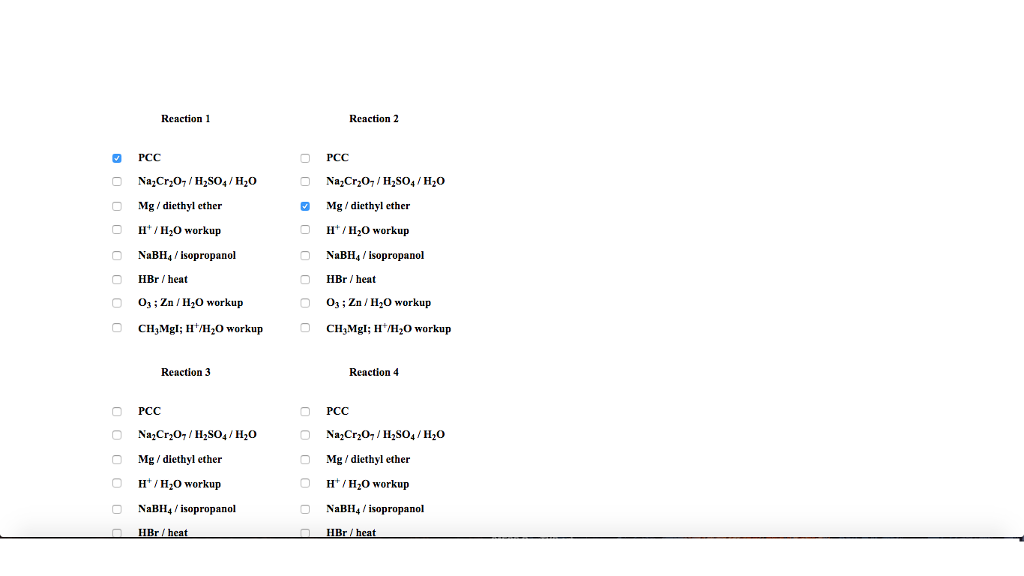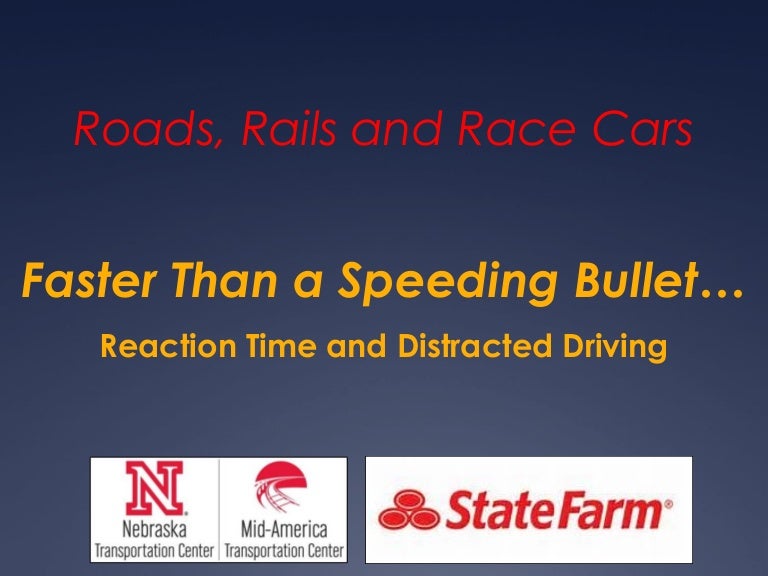

Avenues for broadening our understanding of the relationship between distraction and driving errors are discussed along with the advantages of using a multi-method framework for studying driver behaviour. (18-25) and older (65-74) drivers older drivers displayed slower overall reaction times than younger drivers during both distracted and undistracted. How far will he travel before he is able to press the brake Use his undistractedreaction time. In an emergency he is forced to slam on his brakes. Interestingly, the nature of the errors made when distracted did not differ substantially from those made when not distracted, suggesting that, rather than making different types of errors, distracted drivers simply make a greater number of the same error types they make when not distracted. Newman is driving his car at 29 m/s (65 mph). Classification of the errors revealed that drivers were significantly more likely to make errors when distracted although driving errors were prevalent even when not distracted. Two in-vehicle observers recorded the driving errors made, and a range of other data were collected, including driver verbal protocols, forward, cockpit and driver video, and vehicle data (speed, braking, steering wheel angle, etc.). In terms of a simple Hopfield network that does pattern completion distraction would be like an increase of the noise level which leads to a higher number of iterations required for convergence while the speed of signal transmission from neuron to neuron was not altered.

Participants drove an instrumented vehicle around an urban test route both while distracted (performing a visual detection task) and while not distracted. Users often lose track of their time whether while spending time on distractions or doing productive work (study) The tendency towards distractions occur when they are stuck or feel like they are. When driving, the condition of the road and the behavior of other drivers can change abruptly, leaving you little or no time to react.

This study explored the nature of errors made by drivers when distracted versus not distracted.


 0 kommentar(er)
0 kommentar(er)
